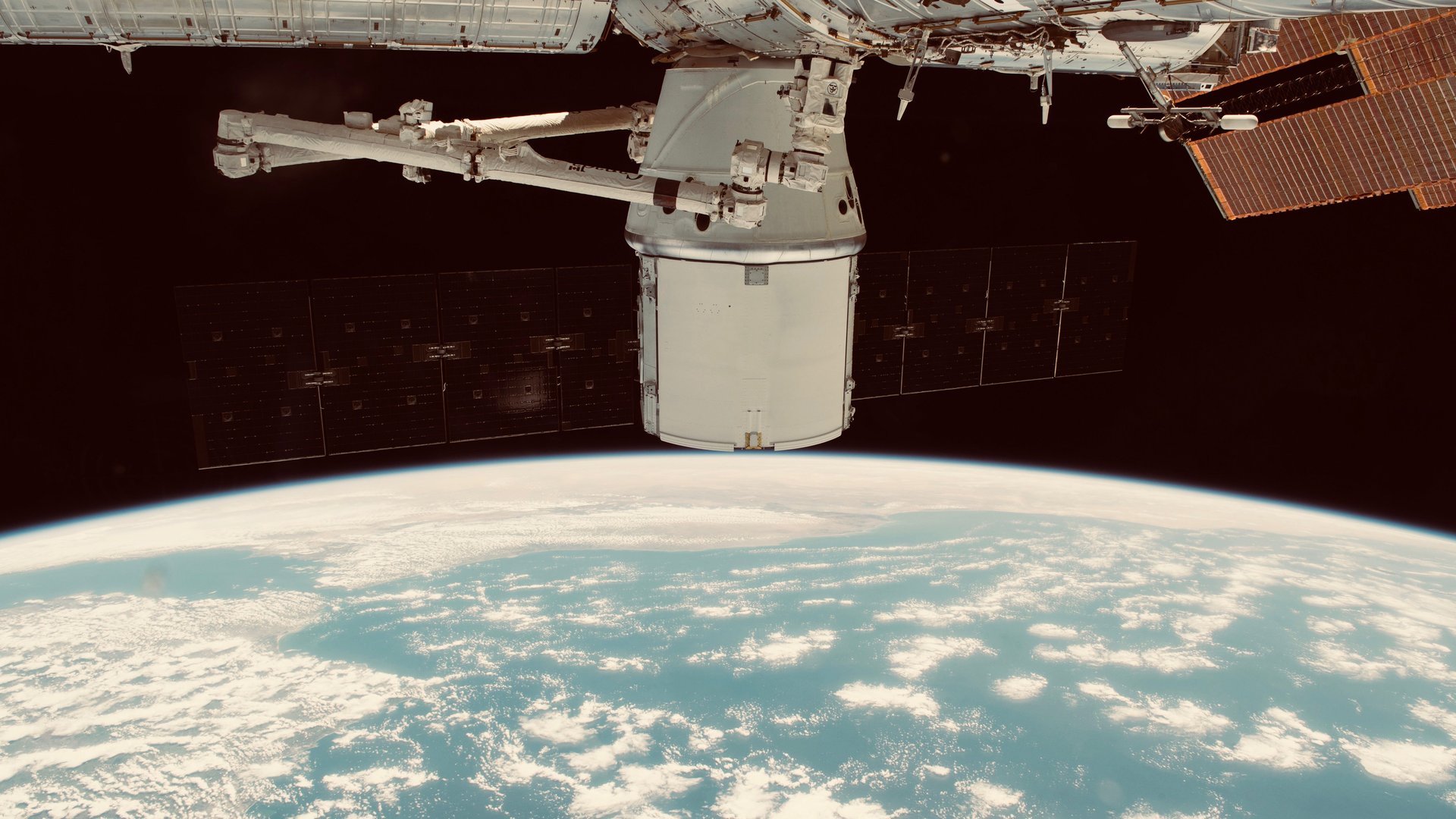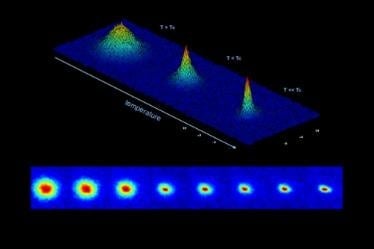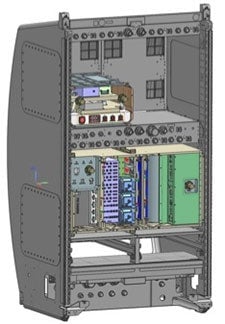NASA is creating a super cold lab in space to study quantum physics
You’re cool. You’ll go far to explore interesting notions. But you probably wouldn’t take cool-hunting quite as far as NASA—which is creating an ultra-chilly laboratory in outer space to study quantum physics.


You’re cool. You’ll go far to explore interesting notions. But you probably wouldn’t take cool-hunting quite as far as NASA—which is creating an ultra-chilly laboratory in outer space to study quantum physics.
On May 20, the American space agency launched a Cold Atom Lab (CAL) at the International Space Station. This lab is, literally, the coolest spot in the universe, created to explore weird science. The space station’s microgravity environment allows scientists to observe quantum phenomena otherwise undetectable from Earth, specifically the behavior of Bose-Einstein condensates, or ultra-cold quantum gases.
These gases are super strange. They defy the rules that seem to govern all other forms of matter. As NASA’s website explains, Bose-Einstein condensates are atoms cooled to nearly absolute zero—even colder than the typical temperature in deep space. At that temperature, the atoms are almost motionless relative to one another. They begin clumping together into a single low-energy state, behaving like one atom, sometimes called a “super atom.”
This clumping together of atoms theoretically shouldn’t happen. It contradicts a rule of physics, the Pauli Exclusion Principle, which provides that particles can’t be in identical states—basically, this means that atoms can’t be in the same space at the same time.
But that’s the tricky thing with quantum mechanics—things happen that seem impossible, and that has shown scientists there’s still a lot we don’t know about how the universe works fundamentally. Or, in the words of theoretical physicist Carlo Rovelli, writing in the 2016 book Seven Brief Lessons on Physics, “It is hardly surprising that there are more things in heaven and earth, dear reader, than have been dreamed of in our philosophy—or in our physics.”
The bizarre form of matter that NASA is now exploring was first predicted in 1924 by Albert Einstein, based on the quantum formulations of physicist Satyendra Nath Bose— hence the name Bose-Einstein condensates. Still, the two scientists were only theorizing. It wasn’t possible to create conditions cold enough to test their ideas for 70 years. It took until until 1995 to actually make and test Bose-Einstein condensates, efforts that earned a 2001 Nobel prize in physics for Eric Cornell, Carl Wieman, and Wolfgang Ketterle.

Studying Bose-Einstein condensates on Earth is difficult because they collapse quickly, dragged down by the weight of gravity. The strange atomic behavior, the clumping, lasts only a fraction of a second. “But in the microgravity environment of the space station, each freely evolving Bose-Einstein condensate can be observed for up to 10 seconds, which is longer than what’s possible with any other existing experiment,” according to NASA.

At zero gravity, the ISS can reach temperatures colder than any on Earth, allowing scientists to analyze atomic wave functions they’ve never before observed. Practically speaking, these super cold gases may find uses in quantum computing, improved atomic clocks, optical data storage, and telecommunications. But more importantly—they hold the promise to help us better understand how the universe works.
As for the cool scientists working on these secrets, they won’t be freezing. They’ll remain on Earth, observing the behavior of these gases for 6.5 hours a day from a terrestrial lab, where they can continue to enjoy comforts like gravity and sweater weather.